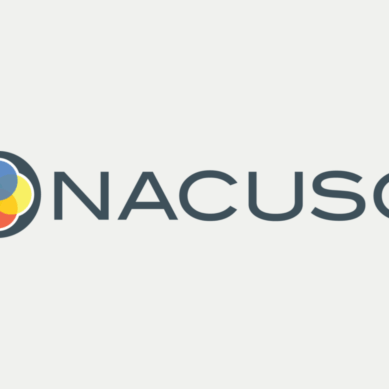How the right technology can help credit unions woo the younger generations.
Credit unions have been a financial staple of communities throughout the world, dating back to the 19th century. However, in today’s rapidly evolving world, many credit unions are at risk of becoming outdated among the next generation of potential members, as they can be seen as behind on technology innovation.
Built for a generation that still goes into a physical branch, prefers mailed hard copy statements, and stays loyal to the financial institution that has served their family for generations, credit unions are at an inflection point, facing huge pressure to modernize. In fact, their larger rivals are woo’ing younger members with the best in digital technology, fueled by multibillion-dollar investments in emerging innovations like AI.
Banking trends for younger generations
A recent study, titled “The FinTech Innovation Agenda,” found that 95% of credit unions indicate that attracting Gen Z customers is a priority for them—however, this generation is a wildly different member than credit unions have worked with. In fact, in addition to wanting a separate bank or credit union from what their family uses, the younger generations are exhibiting the following trends:
- Mobile is the new preferred online banking experience. Only 22% of millennials and Gen Zers say they prefer the desktop experience over a mobile app – proving mobile reigns the superior choice.
- Physical branch locations are unnecessary. 12% of Gen Z and 22% of millennial members indicated they’d be willing to open an account in person. When compared to the 58% of members 55+, this is drastically lower than what credit unions and banks are used to.
- Loyalty comes at a price. 60% of Gen Z and millennials say they would leave a bank or credit union for another that provides a better mobile application and user experience. This is compared to 22% of those over the age of 55 who would do the same.
Based on these trends, one thing is clear: ubiquitous strides across all offered services for an overall seamless experience is craved by these groups. This means that credit unions need to do more than modernize IT operations but rather bring together the different point solutions they’ve developed to handle common tasks like onboarding, loan applications, and others.
According to McKinsey’s 2024 Consumer Financial Life Survey, credit unions and younger generations already demonstrate strong alignment on the values of commitment to service, favorable rates, and an established sense of community—so embracing digital transformation is the next evolution of attracting these members.
Bring it all together in one cohesive experience
Winning the trust of younger generations means that credit unions need to link all these individual programs together, creating a fully integrated experience. Keeping the younger generations means creating this fully-integrated experience and making it accessible and continuing to evolve it to serve as the support center for all their important tasks. These tasks include:
- Onboarding: If Gen Z and millennials don’t want to visit a physical location to open an account in person, credit unions should look at creating a modern onboarding experience for members to complete through their app. This simple update can reduce friction and start a relationship off seamlessly.
- Banking: Managing money doesn’t need to be complicated and wealth management tools should be within arm’s reach. Credit unions should seek to develop a data-driven experience that allows members to manage their money while accessing financial wellness products with the same Amazon one-click simplicity experienced in other retail experiences.
- Lending: Traditional bank and credit union lending processes can be frustrating, leaving many to turn to digitally-based competitors. But what if credit unions could cut down the administrative burden and empower members to complete the needed steps? What if they could take it a step further and enable customers to track their loan status through a mobile app like the Domino’s Tracker® lets customers keep track of their pizza? This would not only improve their experience, but credit unions could then process faster loans, improve conversion rates, and boost member satisfaction.
- Member service: Waiting for answers, juggling multiple systems for help – this disjointed experience can cause members to feel unheard when what they really want is for the support representative to understand their specific situation. A digital and data approach to customer service can help credit unions significantly shorten wait times while building a personalized experience younger members expect with a single, streamlined touchpoint.
- Personalized interaction through a member’s preferred communication method: Marketing materials are omnipresent in today’s society, meaning that to break through the noise, credit unions need to choose when and how their members want to be notified. The perfectly timed push notification, SMS text, email, or other nudge can help financial institutions boost their engagement, leading to deepened and meaningful banking relationships.
Plan for tomorrow’s members
Credit unions need to fight for their members’—current and future. An investment in the right technology, with the right partner who aligns with their values, to meet their institution’s specific goals can be the first step for credit unions in delivering an all-encompassing and personalized experience.
This is the way credit unions will win over future generations and continue to serve their communities as trusted financial partners.























































